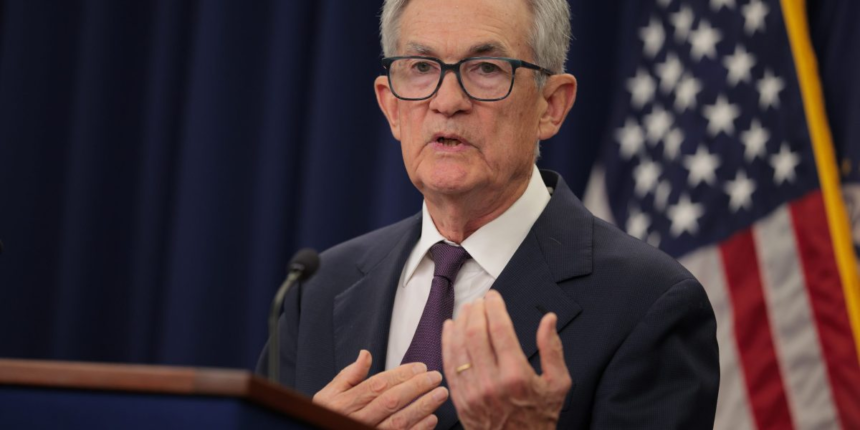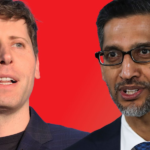“The modest job growth alongside robust GDP growth seen recently is likely to be normal to some degree in the years ahead,” Mei and Mericle wrote, adding that they expect the great majority of growth to come from solid productivity growth boosted by advances in artificial intelligence (AI), “with only a modest contribution from labor supply growth due to population aging and lower immigration.”
America’s economy continues to expand, with real GDP growth projected to remain steady and respectable, even as monthly payroll growth lags well behind historical recovery averages. Goldman Sachs researchers say most of the nation’s output gains will come from productivity improvements—largely powered by rapid AI adoption—while demographic trends like population aging and lower immigration hold down labor supply growth. The result: hiring activity outside of healthcare has turned negative on net in recent months, while management teams in many sectors are focused on using AI to streamline operations and cut labor costs.
This shift is clear in data collated by the investment bank. Payroll growth by industry shows almost all sectors outside healthcare posting weak, zero, or even negative net job creation, despite otherwise solid macroeconomic indicators. Meanwhile, the share of executives who mention both AI and employment in the same context on earnings calls has reached historic highs.
Goldman finds the labor market to be “somewhat weaker” than just before the pandemic, with job growth turning net negative in recent months outside of healthcare and company management teams increasingly focused on using AI to reduce labor cost, “a potentially long-lasting headwind to labor demand.”
As “jobless growth” becomes entrenched, Goldman Sachs expects policymakers to face tough new choices. Central banks could be forced to keep interest rates lower in response to subpar job creation and modestly higher unemployment, while markets may see mixed effects. Asset prices could be supported by healthy output and low rates, but only if unemployment remains contained and new kinds of jobs emerge to offset losses caused by AI.
For now, Mericle’s “low-hire, low-fire” diagnosis serves as both warning and guide: jobless growth may not mean mass layoffs, but it does mean fewer opportunities for job seekers and slower rebounds from economic shocks in the years to come.









